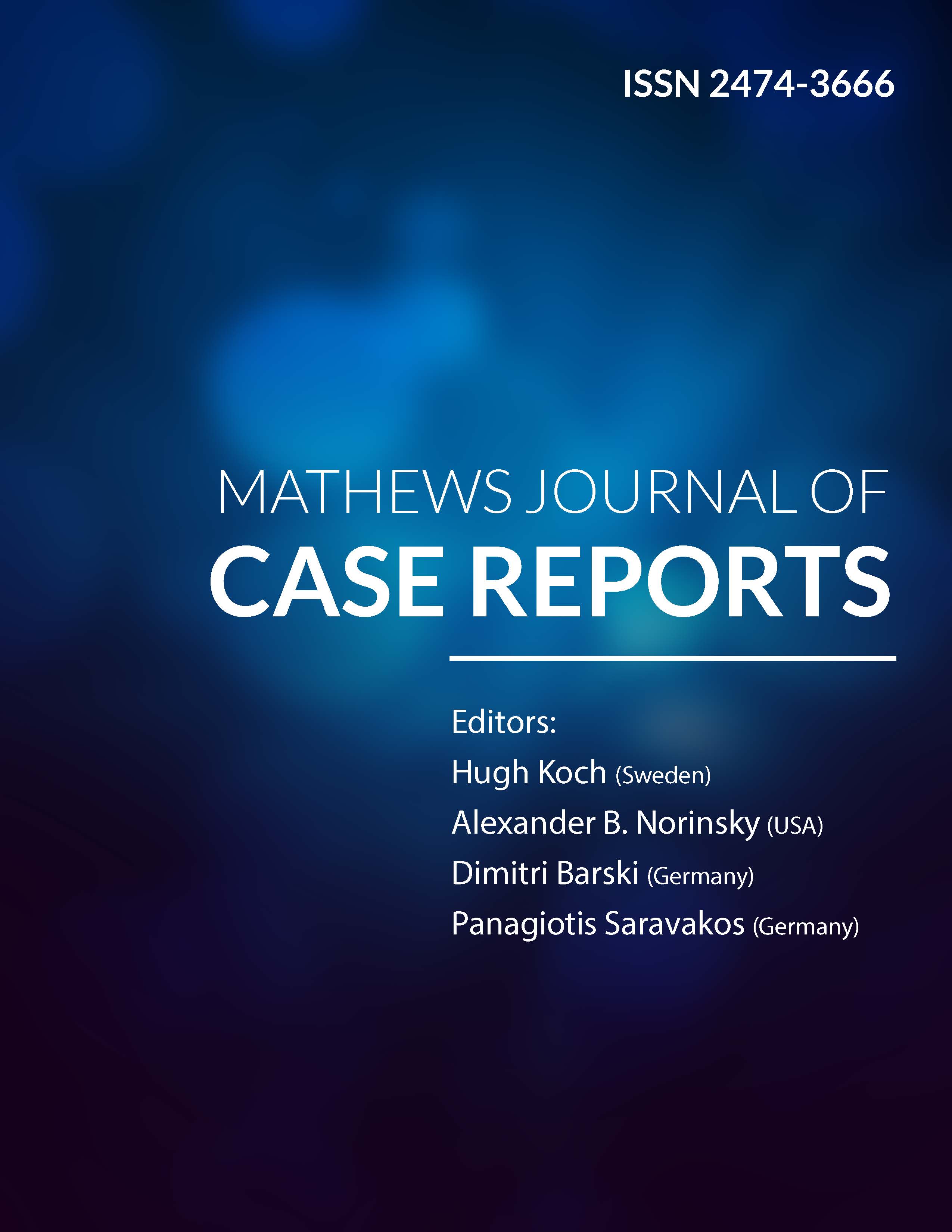
Information Links
Previous Issues Volume 2, Issue 2 - 2017
Bone Grafting In Posttraumatic Bone Deffects: Case Report and Review of Literature
Francisco Alonzo1*, Maria Bregni1, Mario Cahueque2, Andres Cobar3
1Orthopedic Surgeon, Guatemalan Social Security Institute, Guatemala, Guatemala.
2Orthopedic Surgeon, Centro Medico, Guatemala, Guatemala
3Orthopedic Surgeon, Mexican Social Security Institute, Guadalajara, Mexico.
Corresponding Author: Francisco Javier Alonzo, Orthopedic Surgeon, Guatemalan Social Security Institute, Guatemala, Guatemala,Mexico, E-Mail: [email protected]
Received Date: 14 Mar 2017
Accepted Date: 31 Mar 2017
Published Date: 03 Apr 2017
Copyright © 2017 Alonzo FJ
Citation: Alonzo FJ, Bregni M, Cahueque M and Cobar A. (2017). Bone Grafting in Posttraumatic Bone Deffects: Case Report and Review of Literature. Mathews J Case Rep 2(2): 028.
ABSTRACT
The management of segmental bone loss remains as an unsolved controversy. Bone defects after traumatic injuries are related to poor functional outcomes and prolonged periods or recuperation. In the management of large bone defects the selection of the adequate bone graft requires a deep acknowledgment of the advantages and disadvantages of each bone substitute available. Autologous bone grafts remain the gold standard to measure all of the available bone substitutes; the ideal bone substitute must provide properties such as osteoconduction, osteoinduction and the osteogenic property, it must also be readily available, provide mechanical support, manageable, biocompatible, provide a sufficient amount of substitute according to the situation and it has to be bioresorbable. We present the case of a patient with a large (>5 cm) diaphiseal defect of the tibia managed with a single, large bone block harvested from the iliac crest and its evolution after a one year follow up.
KEYWORDS
Bone Grafts; Posttraumatic Bone Defect; Bone Substitutes; Autografts; Allogeneic Bone Grafts; Ceramics; Bioactive Glass.